Metal Cleaning and
Surface Pretreatment Processes
The metal cleaning and pretreatment industry is engaged in constant innovation in order to meet new challenges, including:
- Increasingly stringent quality requirements, especially related to residual contamination
- A larger proportion of parts made from multiple materials and having more complex surfaces (holes, channels, grooves, etc.) that require special processes or equipment
- Demand for greater efficiency, consistency, and reliability, at lower cost
- Regulatory and societal demand for “greener” products and processes
Nearly all metal parts – and many plastic parts, too – have some sort of finish coating applied to improve appearance and to increase resistance to corrosion and wear.
It has been estimated that 7 of 10 coating failures are caused by poor surface preparation; these failures cost millions of dollars in wasted time and resources. Coatings applied over properly prepared surfaces cost less per square foot per year than the same coatings applied over a poorly-prepared surface.
When paints or finishes on metal surfaces flake, peel, delaminate, blister, bubble, or wrinkle, the problem can often be traced back to the pretreatment process, such as failure to remove all contaminants, failure to rinse thoroughly, or the uneven or inadequate application of necessary chemical treatments.
Thus, cleaning and pretreatment must be sufficient to ensure high quality in the finished parts. The cleaning and treatment process must be carefully monitored to ensure quality and cost-efficiency.
ASSESSING CLEANING: HOW CLEAN IS “CLEAN”?
The surface is determined to be “clean” when it is free of unwanted contaminants that could interfere with later uses of the part in question.
The degree of cleanliness desired can vary depending on how the part is to be processed and used, how long it will remain in the facility, and how it might be handled in subsequent manufacturing stages. Is the part in question a component or subassembly, or is it destined to be a finished product?
A component might be cleaned more than once during the manufacturing process, with a different standard of cleanliness applied to each stage. If it goes into storage for any length of time, it may be at risk for tarnishing or corrosion, and will require additional cleaning.
A standard of cleanliness required for parts to be used in food or medical applications might be different than a standard of cleanliness for parts to be used in industrial machinery.
Parts may be cleaned more than once before they leave the plant as part of a finished product.
Several quick informal tests can check for cleanliness:
- A water break-free surface indicates that all organic contaminants have been removed. After the parts have been through the last rinse or pretreatment stage, but before they are dried, the clean rinse water should form a uniform, unbroken sheet over the surface of the cleaner part. If the washed part has beads of moisture such as appear on a clean, waxed automobile as it emerges from a car wash, this means that the surface has not been thoroughly cleaned and that some organic contaminants remain. This test is reliable only when the rinse water is fresh and free of any additives, such as detergents or rinsing aids. Rinse water that has been contaminated by additives or by overflow may form unbroken sheets that may mask remaining contaminants. (NOTE: This is not an effective test for removal of inorganic compounds.)
- The white-towel or white-glove test is done by wiping a clean white towel, white cotton glove, cotton swab, or lens tissue over cleaned surfaces (wet or dry). If examination of the white surface reveals gray, black, or off-white residues, then inorganic (and possibly some organic) contaminants are still present. This test is helpful on flat surfaces as well as those that do not receive direct spray.
- A “pull tape” or “Scotch ™ tape” test will also reveal inorganic contaminants. Apply a piece of transparent tape to a cleaned and dried surface, then remove it to a piece of clean white paper, where the high contrast will make it easy to see any remaining contaminants.
- Flash rusting – Ferrous parts that are absolutely clean will rust quickly.
- Ultraviolet light – On parts that had been previously coated with ultraviolet (UV) fluorescing oils, a scan with an ultraviolet light will reveal any remaining traces of UV fluorescence.
More rigorous physical and chemical analyses can also be conducted to check for remaining contamination on cleaned surfaces. For example:
- Sample parts that have been cleaned and dried can be immersed in a solvent solution and agitated, and then the solvent can be analyzed to detect contaminants.
- Surfaces of cleaned parts can be sampled and analyzed to identify and quantify the presence of oxides, organics, and particulate contaminants.
- Salt spray resistance tests evaluate the corrosion resistance of materials exposed to a 5% salt spray, mist, or fog.
- In critical cleaning operations, highly analytical techniques such as infrared micro-profiling, X-ray photoelectron spectroscopy, light reflective technology, and ultraviolet detection can be used to detect residual contaminants.
It is important that these scientific tests are reproducible and that they are done consistently, preferably by the same technician and the same laboratory each time.

